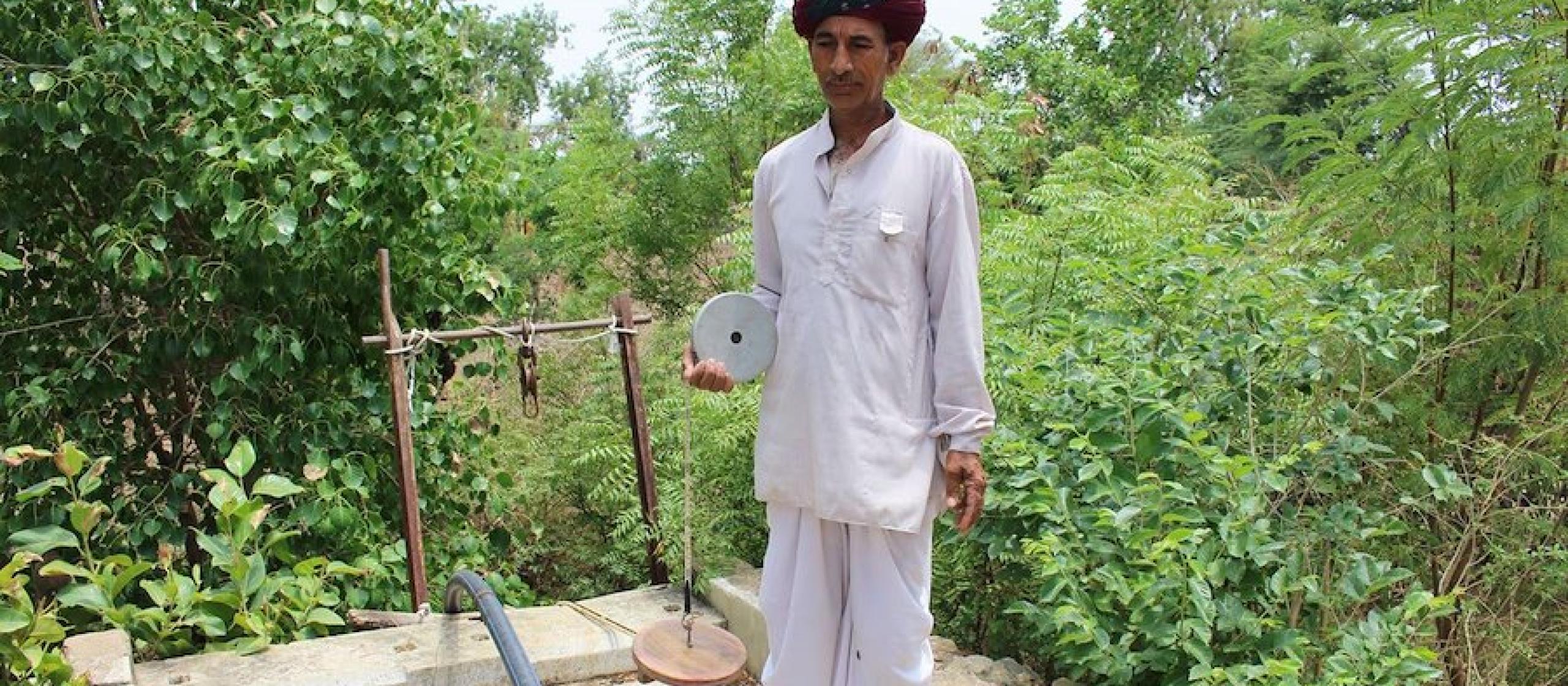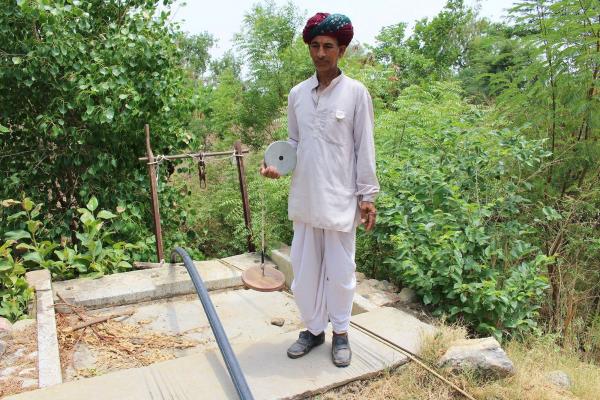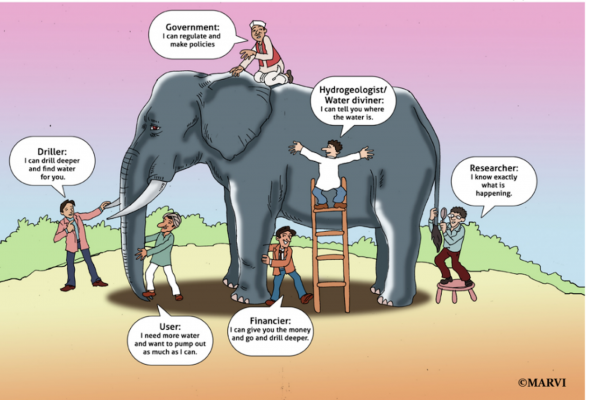- HomeHome
-
About ACIAR
- Our work
- Our people
-
Corporate information
- ACIAR Audit Committee
- Commission for International Agricultural Research
- Policy Advisory Council
- Agency reviews
- Executive remuneration disclosure
- Freedom of information (FOI)
- Gifts and benefits register
- Information publication scheme
- List of new agency files
- Contracts
- Legal services expenditure
- Privacy impact assessment register
- Commonwealth Child Safe Framework
- Benefits to Australia
- Careers
- 40 years of ACIAR
-
What we do
- Programs
- Cross-cutting areas
- Resources
- Where we work
-
Funding
- Research projects
- Fellowships
-
Scholarships
- John Allwright FellowshipScholarships to study in Australia for ACIAR partner country scientists to have Australian postgraduate qualifications
- ACIAR Pacific Agriculture Scholarships and Support and Climate Resilience Program
- Alumni Research Support Facility
- Publications
- News and Outreach
Date released
13 February 2019
The Bunnings hardware store chain, although a favourite of Australian gardeners and renovators, is not the sort of place you’d associate with a scheme to tackle one of the most pressing problems facing agriculture in the developing world.
But villages in rural India are using $5 rain gauges bought from a western Sydney Bunnings store by Professor Basant Maheshwari as part of an innovative scheme to give them control over how their groundwater is managed.
Maheshwari leads the project, Managing Aquifer Recharge and Sustaining Groundwater Use through Village-level Intervention (MARVI), which has been running in two Indian states since 2012, supported by ACIAR.
‘MARVI is about a village-level participatory approach for measuring groundwater levels and improving groundwater productivity,’ he says. It focuses on two watersheds: the Meghraj watershed in the Aravalli district of Gujarat state; and the Dharta watershed in the Udaipur district of Rajasthan.
India depends on groundwater from wells, but this essential resource is being depleted by population growth and unpredictable monsoon rains that are probably associated with climate change, he says.
‘Sixty per cent of irrigation water and 80% of drinking water comes from groundwater,’ Maheshwari says. ‘With the expanding population, water demand has increased rapidly and the quality of the groundwater has become a problem. People are drilling deeper for their water and pumping up old water that in some cases is contaminated with fluoride, arsenic, or even uranium, in parts of northern India.
‘In rural communities, shortage of groundwater constrains food production, jeopardises farm incomes, catalyses increased urban migration and fractures community cohesion,’ he says. Knock-on effects include reduced productivity and lowered quality of life for women and girls who have to spend more time carrying water, to increased costs of drilling and pumping what water there is.
A foundation of MARVI is the engagement of local volunteers known as Bhujal Jankaars, Hindi words meaning ‘groundwater informed’. Bhujal Jankaars monitor rainfall, groundwater levels and quality, and levels in check dams. They inform and guide village communities on the groundwater situation and how best to use groundwater in response to seasonal or long-term variability.
‘Initially we wondered if people without a high level of education would be able to do scientific measurement, but to our surprise and delight they picked it up very quickly,’ Maheshwari says.
‘They have life experience. Their understanding comes from their own indigenous knowledge.’
The Bhujal Jankaars faced a sceptical audience at first. ‘The farmers used to ask them, “What are you doing and why are you doing this?”,’ Maheshwari says. But after several months the farmers were asking different questions. ‘It was “What is my water level, last week and three months ago?”. The conversation shifted further, to “What can I do?”’
Bhujal Jankaars demonstrated ways to conserve water, such as mulching the soil, and substitute crops. ‘Wheat requires six irrigations,’ Maheshwari says, ‘but medicinal crops, such as isabgol (Psyllium) and kali tulasi (Ocimum sanctum Linn.) require only three irrigations, and the income per unit area is similar or better.’
Maheshwari believes the success of MARVI has clear lessons for other programs. ‘If you empower local people and engage with them, then they take ownership and they change things to work for them. If somebody from outside tells them what to do, that might work for a short while, but without that commitment it will fail. You have to trust people and you have to be with them. We went to the houses of the farm workers, we ate their food, we sat on their floors and we listened to them.’
And the Bunnings rain gauges? ‘They’re simple, just a tube. In each village there was one in the school and one with the Bhujal Jankaar. The gauges started a different type of conversation. Earlier, if you asked a farmer about the rainfall they would say, there was “not enough”, “enough”, or there was “runoff on the ground”. That was their indicator of the amount of rainfall. Now they are talking about the rainfall in millimetres.’
Maheshwari showed the rain gauge to the Indian government in New Delhi when he met with the joint secretary in charge of groundwater.
Now the government of India and the World Bank are launching a $US1 billion groundwater anagement project in seven Indian states. ‘They are going to consider monitoring rain gauges and training Bhujal Jankaars,’ Maheshwari says. ‘MARVI has made a connection with this larger project to tackle India’s groundwater crisis.’





